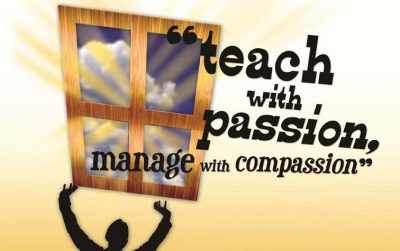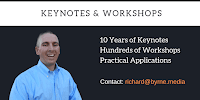We believe in thanking our sources! This post was sourced from the following blog/website:
http://ilearntechnology.com/wordpress/?p=5830 The following is a new blog post related to education and teaching and relevant to our website visitors. The blog post is not based on the opinions or values of our company but is related to education and teaching, so we wanted to share it with YOU! If you ever have any questions please let us know. Now… on to the post!
What it is: So you have a 3D printer…now what?! Introducing Tinkerine U the place where you can learn (and teach) 3D printing. Tinkerine U is a great starting point (no matter what brand of 3D printer you have!). Not only can you take online courses to learn more about 3D printing, you can also get real-life application stories about how a variety of professions are using 3D printing. Additionally, you can watch Tinkerine U test out myths and facts about 3D printing and access a variety of challenges for your students.
How to integrate Tinkerine U into your classroom: So often I see schools who have a strong advocate for new technologies, but don’t know exactly what to do with the technologies they’ve championed when they show up. Tinkerine U is a great place for you and your students to learn the logistics of how to 3D print, while also giving you ideas for practical real-life applications that will launch your student’s creativity. The starter challenges are a fantastic way to get started with using your 3Dprinter. Challenges are fun and vary in difficulty. Allow students to choose their own challenges, or choose challenges for your students to take on as a class.
Of course, you can go through all of the Tinkerine U content (and I encourage you to start there), but ultimately, it would be great to have your students go through all of the Tinkerine U content. Empower THEM to be the experts!
If you have a maker space and want to help your students envision possibility, Tinkerine U could be a great launching point for them. Just enough instruction and videos to spark curiosity and creativity without being too prescriptive.
Tips: You don’t have to have a Tinkerine 3D printer to take advantage of these resources! They are 3D printer-agnostic and can help spark learning and creativity for your students.
Time To Teach reviews each blog post by our contributors but if you feel this is a blog post better suited for another page please let us know.
Teachers and Educators are our heroes. We want to thank you for the work you do!
Yours In Education!
Time To Teach






